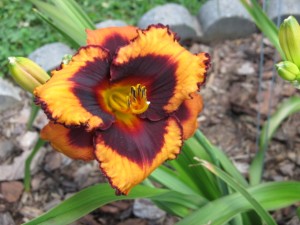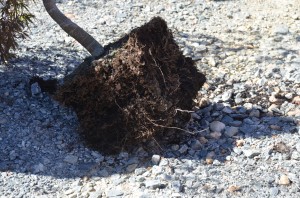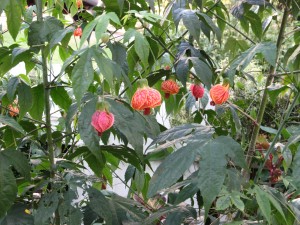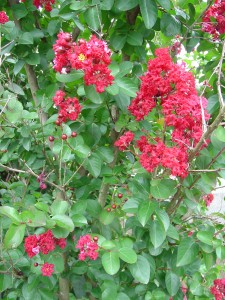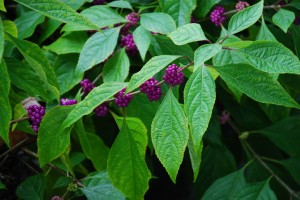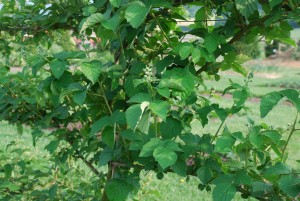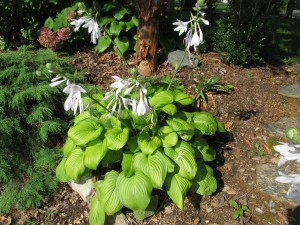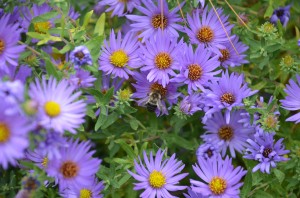On a pleasant July morning I saw my first ‘Halloween Hocus Pocus’ daylily (Hemerocallus x ‘Hocus Pocus’) in a friend’s garden. The 5 ½ inch flowers stand on 26 inch tall stems (scapes) and the foliage is semi-evergreen.
The cultivar name describes it best. Its creamy orange color with a triangular black throat and wide blacken edged petals are the perfect colors of Halloween. Flower throat is small and yellow green. Floral form is very round and full with petals overlapped. Petal substance is thick and smooth, and holds up well to full sun.
Flowers are borne on well-branched scapes and carry multiple blooms. Hocus Pocus is a vigorous grower and a mid-season bloomer. If properly watered and not subject to summer drought stress, it should re-bloom dependably in the late September into early October.
Flowers are similar to another Salter 2006 introduction ‘Halloween Trick’ which has plum color rather than blacken edges. In some catalogs it may also be listed as ‘Hocus Pocus’ and is classed as a tetraploid.

